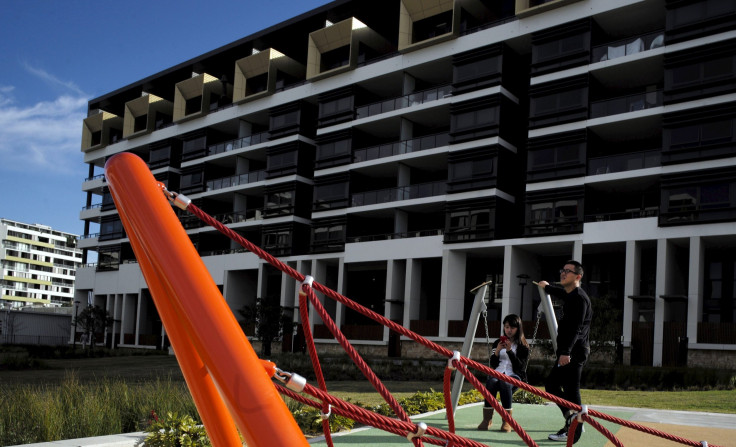Impending boom in the property market indicates a steep fall in Sydney home prices

The dearth in property market that sent the house prices in Sydney skyrocketing may experience a steep decline in the next four years, according to experts. The slowdown in the mining sector and plans to build nearly 10,000 apartments in Green Square, one of Sydney’s newest suburbs, are indicative of a notable fall in the house prices.
Goldman Sachs, a global investment banking firm, has warned of a surplus in the supply of homes by 2017. The caution came amidst plans of building 213,000 new homes in the next three years, throughout the country, in the backdrop of slowing economic growth as well as population.
"There is a tsunami of home supply coming," the Sydney Morning Herald quoted Nigel Stapledon, head of real estate research at the University of New South Wales Business School and former chief economist at Westpac. "The market is going to be tested in accepting this sort of supply. It's not like there is economic growth to support it. Income growth has gone from boom time to the lowest in a number of years and population growth has eased back."
The 10 percent rate cut by the central bank benefited houses and home prices the most as buyers could get mortgages at the cheapest rates in five years. Economic growth along with capital spending and confidence have remained at a historic low.
Latest government data showed that the more stringent lending requirements led the investor loan growth to nose-dive to 16.5 in July from 29.6 percent in April.
According to the Goldman Sachs, home prices have been overvalued by 20 percent. Barclays Plc, the leading investment, however, has placed the over-valuation at 14 percent. In July, Barclays had put it at 12 percent.
CoreLogic data shows the overall dwelling prices have shot to 24 percent throughout Australia while Sydney took the leading position with a 46 percent increase in three years.
A diminished economic growth and a surge in the supply of new homes may cause the demands to fall and temper with the gains that have so long been accrued. The economy is trying to adjust to a shift from the mining sector, which recorded 0.2 percent growth during the June quarter, the lowest since 2013, as the wages climbed 2.3 percent from the preceding year, which is again slower than what have been expected.
Contact the writer at feedback@ibtimes.com.au, or let us know what you think below.





















